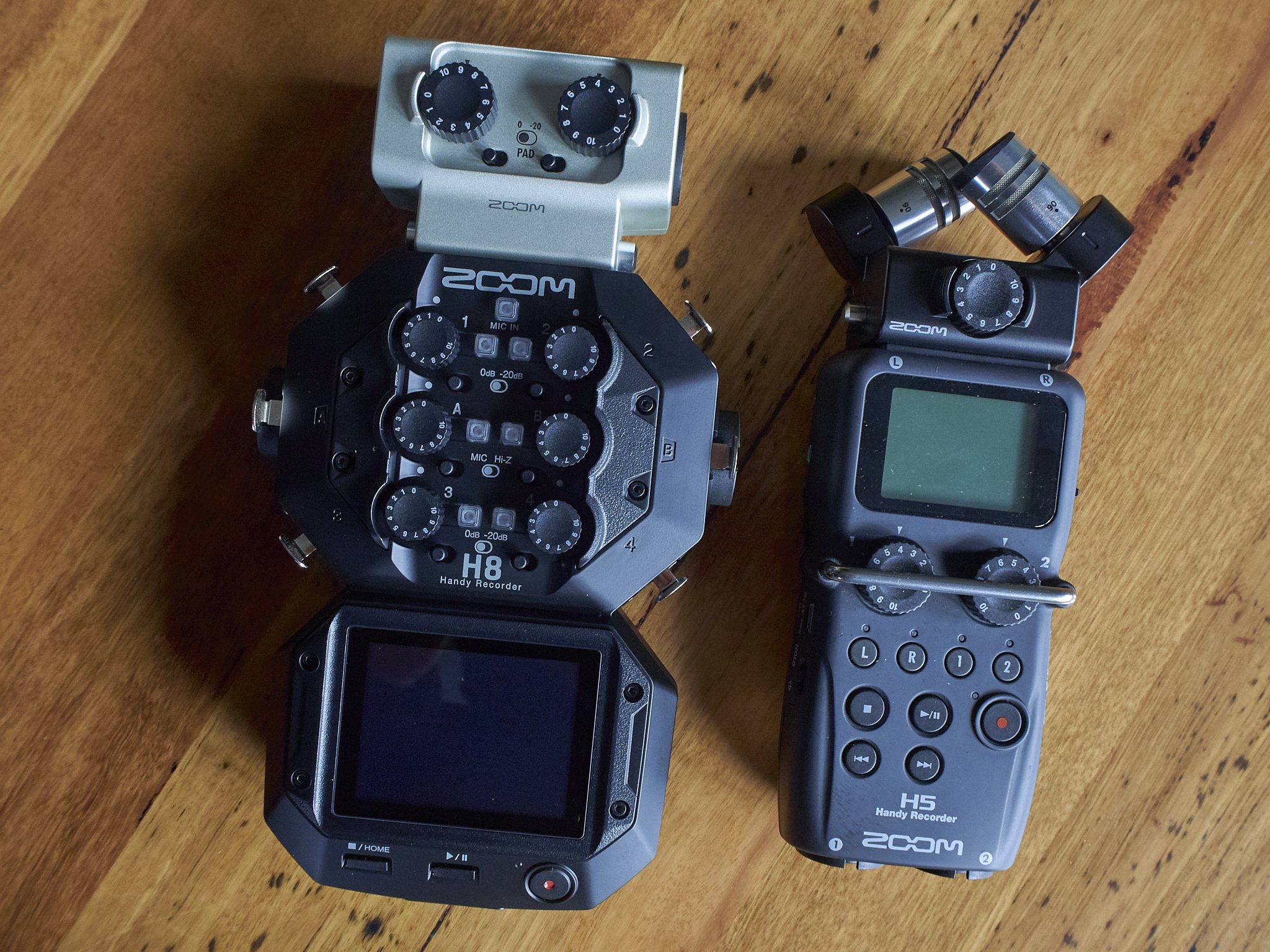sE V7 stands out with reserved neutrality and lowest handling noise. Sibilance is well controlled as are plosives**. This is the “safe” mic. I get why people like this mic and I may get another. Drums, amp or vocals especially if handled.
sE V3 sounds like a brighter version of the V7, with slightly more handling noise, slightly higher pitch, but a good second option and a better fit for some voices and instruments (as expected). I had hoped to make these my work horse set, but will hold off for now. Amp, maybe another instrument, flatter vocals.
TT1 Pro-Lanen is different enough from the others to be useful. Higher in sibilance but full bodied and about he same as the V3 in other respects. I was tempted by the M85, but I have plenty of light and bright mics, so maybe another of these. This one also has more gain than the other mics, about one notch on a Zoom dial. The ultimate filler and fixer, pretty much what ever is left.
MTP 440 Lewitt is lovely and screams “heavy duty” in every respect. I have put a second on hold for now, but apart from no external pop filter and relatively poor handling noise, this is my second favourite dynamic for vocals. Drums or amps, vocals if needed, high volumes.
2x LCT 240 is revelatory in comparison to the dynamics. Clearly higher in gain (2 zoom notches), very sensitive to its environment and with wide coverage, two of these could cover a concert no issue. These are also good for stand-off vocals. I found plosive rejection* was perfect with just the foam and even decent without (using the decent working distance). Main vocal, acoustic guitar or second vocal.
2x LCT 040 are even more sensitive. I chose well originally it seems getting what has to be the best bang for the buck mics going around. Drum or strings overhead, acoustic guitar, even vocals.
Overall, some mics are standouts in one way or another, but like a lot of things, careful use, post processing and the limits of other links in the chain tend to make them all even out. This has given me pause to stop and think about those extremes and the basics. The MTP 440 has the most punch, the 040’s and 240’s clearly have the most clarity and sensitivity, the rest are too close to split. Even the Zoom capsules are still considered decent by comparison.
Future options might include the MTP 550 as a good allrounder with superior feedback rejection and handling, maybe the second 440 or sE V7, maybe something I do not even know about yet (DTP 340 TT) or nothing.
*A more sensitive type of microphone that requires power from a plugged in source called “phantom” power. Dynamic mics do not, are generally less sensitive, but more durable.
**I am finding more and more that the bugbears people test for are rarely a real world issue. Researching made me think noise and plosives were a wide spread curse, but I am finding it hard to find them on some mics, even those not designed to avoid them. Handling noise is more of a thing, but mics designed for it are fine, those that aren’t should not be used that way. Simple.
***Another use for the H5 is mic placement. The H8 can be bedded down for a recording session, the H5 then used as a walk around plug and test unit for fine adjustments.













































































